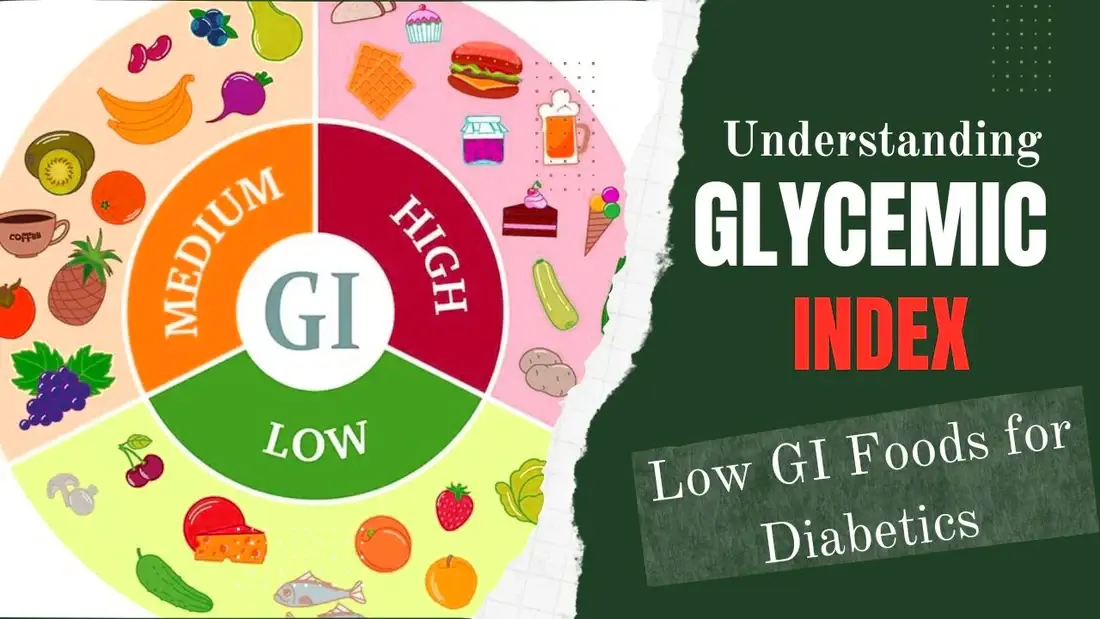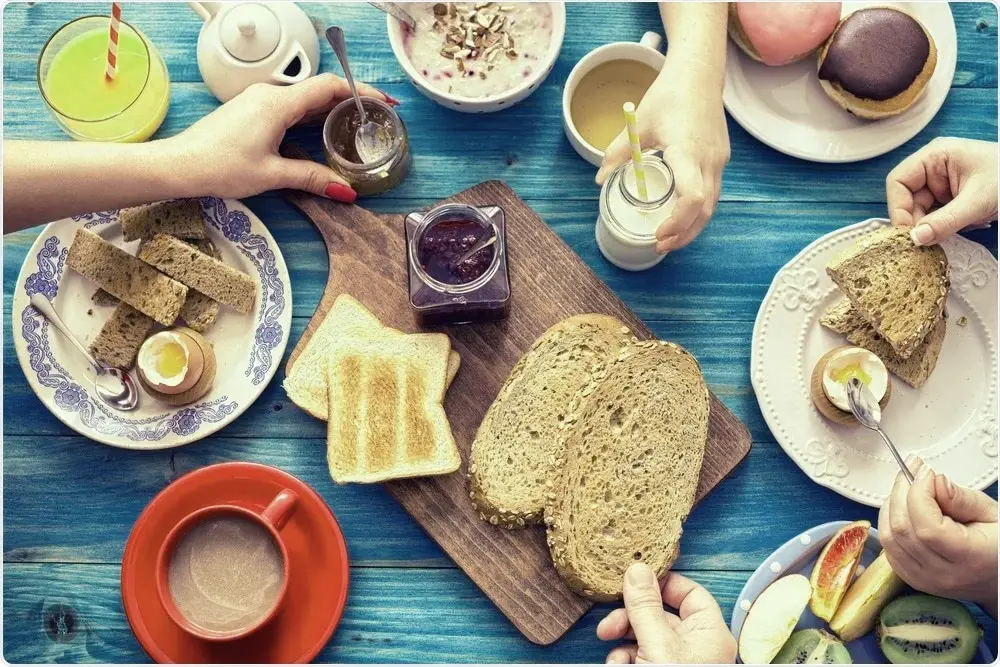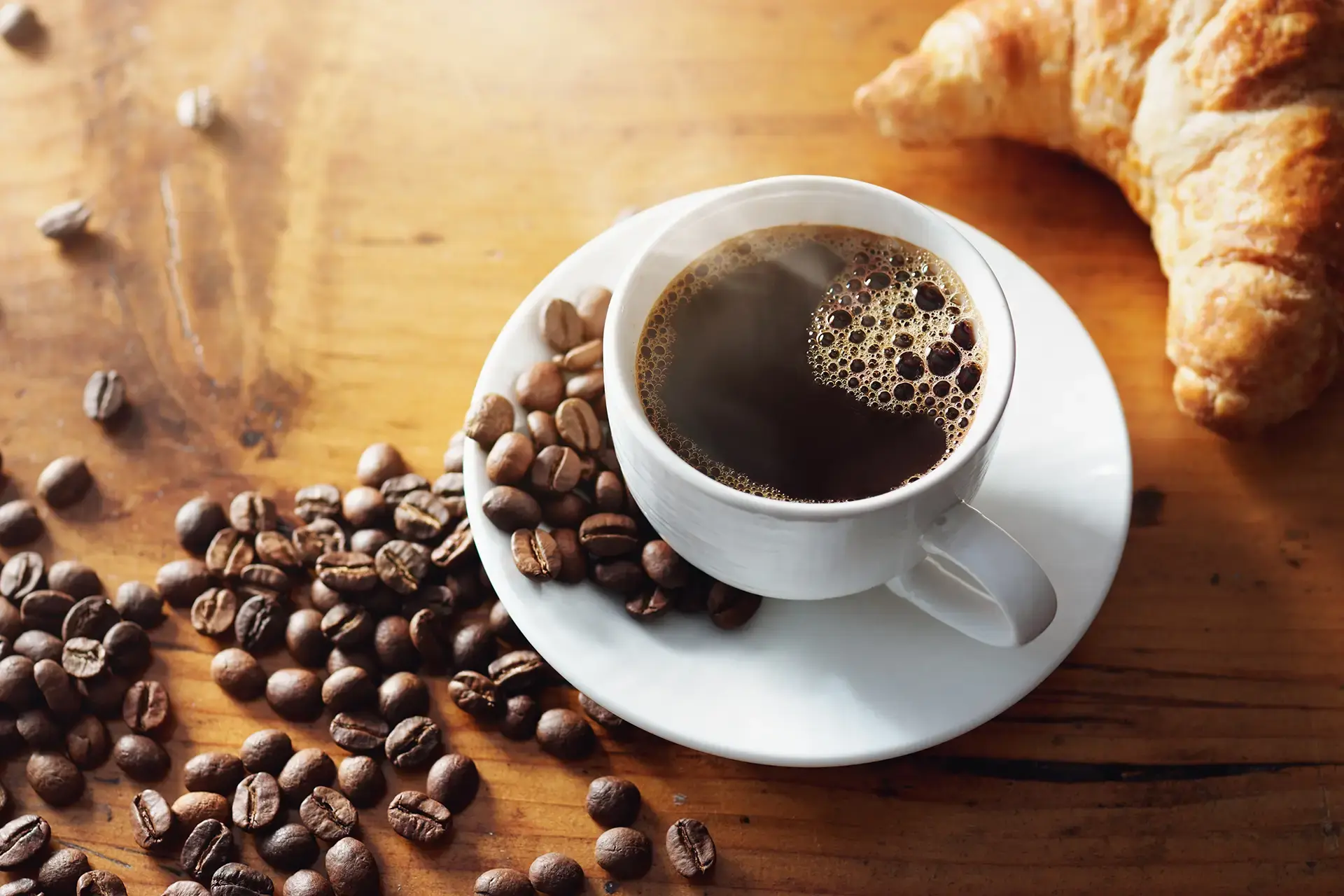
Understanding the Glycemic Index: The Smart Way to Eat for Energy and Health
Understand the Glycemic Index (GI) and how it impacts your energy, focus, and health. This complete guide breaks down what GI is, how it works, and why it matters—even if you don’t have diabetes. Learn the difference between Glycemic Index and Glycemic Load, discover the best low-GI foods for steady energy, and get practical tips for lowering the GI of your meals without sacrificing flavor.
Introduction
Think of your body as a luxury sports car. You wouldn’t pour just any fuel into it—you’d pick the kind that makes the engine hum, not sputter. Food works the same way. The difference? It’s not just what you eat, but how your body processes it. That’s where the Glycemic Index (GI) comes in—a deceptively simple number that can influence your energy, focus, weight, and even long-term health.
In this guide, we’re breaking down the Glycemic Index so you can use it as a tool—not a restriction. We’ll cover what it is, how it works, which foods score high or low, and how to make smart swaps without feeling like you’re living on lettuce and good intentions.
What Is the Glycemic Index, Really?
At its core, the Glycemic Index is a ranking system for carbohydrates based on how quickly they raise your blood sugar after eating.
- High GI foods (70 and above) trigger a fast spike in blood sugar, often followed by a crash.
- Medium GI foods (56–69) raise it at a moderate pace.
- Low GI foods (55 and below) give you a slow, steady release of energy.
The concept was developed in the early 1980s by Dr. David Jenkins and his team at the University of Toronto, originally to help people with diabetes manage blood sugar levels (Harvard Health).
Why Should You Care About GI?
You might be thinking, I’m not diabetic—why should this matter?
Because blood sugar control isn’t just a medical thing—it’s a lifestyle performance hack.
Here’s what eating more low-to-medium GI foods can do:
- Stable energy: No 3 p.m. desk slumps.
- Better focus: Your brain loves a steady glucose supply.
- Appetite control: Slow-release carbs keep you full longer.
- Weight management: Prevents the cycle of overeating triggered by sugar crashes.
- Heart health: Linked to better cholesterol and lower risk of cardiovascular disease.
GI vs. Glycemic Load (GL)
If GI is the speed limit, Glycemic Load is the actual traffic you’re dealing with.
GI tells you how fast a carb will raise blood sugar. GL considers how much carb you’re eating in a serving.
Example:
- Watermelon has a high GI but very little carbohydrate per serving—so its GL is low.
- A giant bagel? Both high GI and high GL. Double trouble.
| Food | GI Score | GL Score | Verdict |
|---|---|---|---|
| White Bread | 75 | 10 | Avoid for daily use |
| Rolled Oats | 55 | 13 | Solid breakfast choice |
| Watermelon | 76 | 4 | Fine in moderation |
| Sweet Potato | 54 | 11 | Excellent slow-carb option |
High GI Foods to Limit
We’re not saying never, but these should be the occasional guests at your table:
- White bread, bagels, and pastries
- Sugary breakfast cereals
- Instant mashed potatoes
- White rice
- Soft drinks and candy
Low GI Foods to Lean On
These are the slow-burn energy heroes:
- Steel-cut oats
- Wholegrain bread
- Lentils and chickpeas
- Sweet potatoes
- Apples, pears, and berries
- Quinoa
How to Lower the GI of a Meal
Here’s the good news—you can manipulate the GI of your meals without giving up the foods you love:
- Pair carbs with protein or fat
- Adding eggs to toast slows digestion.
- Choose whole over refined
- Brown rice over white rice.
- Add acidity
- Vinegar or lemon juice can lower the GI effect.
- Watch ripeness
- A green banana has a lower GI than a ripe one.
- Cook smart
- Al dente pasta has a lower GI than soft-cooked pasta.
Glycemic Index & Popular Diets
- Mediterranean Diet – Naturally leans low-to-medium GI thanks to legumes, whole grains, and vegetables.
- Keto – Almost ignores GI since carb intake is extremely low.
- Plant-Based Diets – Can be both high and low GI depending on carb sources (white rice vs. lentils).
Common Misconceptions
- Low GI = Healthy
- A chocolate bar can have a lower GI than watermelon—because of fat content. Doesn’t make it a better choice.
- GI is fixed
- Cooking time, ripeness, and food pairing can change GI.
- You need to avoid all high GI foods
- Athletes may benefit from high GI foods post-workout for quick glycogen replenishment.
Key Takeaways
- GI measures carb speed, not carb quality—context matters.
- Aim for more low-to-medium GI foods for sustained energy.
- You can lower a meal’s GI with smart food combinations.
- Don’t obsess—use GI as a guide, not a rigid rulebook.
FAQs About the Glycemic Index
Q: Is GI important if I don’t have diabetes?
A: Yes. Stable blood sugar benefits energy, mood, and appetite control.
Q: Are all fruits low GI?
A: No—bananas, watermelon, and pineapple can be higher GI, but they’re still nutrient-rich.
Q: Should I always avoid high GI foods?
A: Not necessarily. In certain situations—like post-workout recovery—they can be helpful.
Leave a comment
Your email address will not be published. Required fields are marked *


